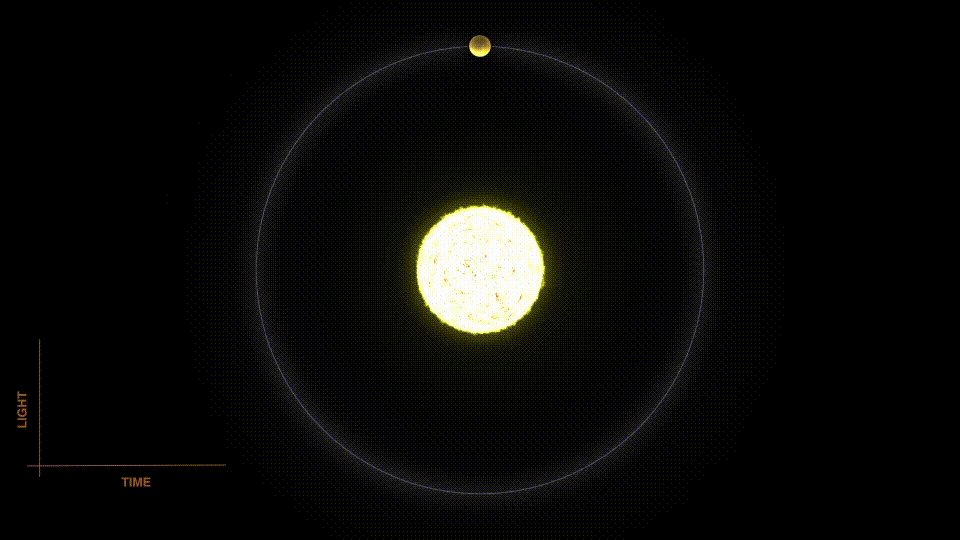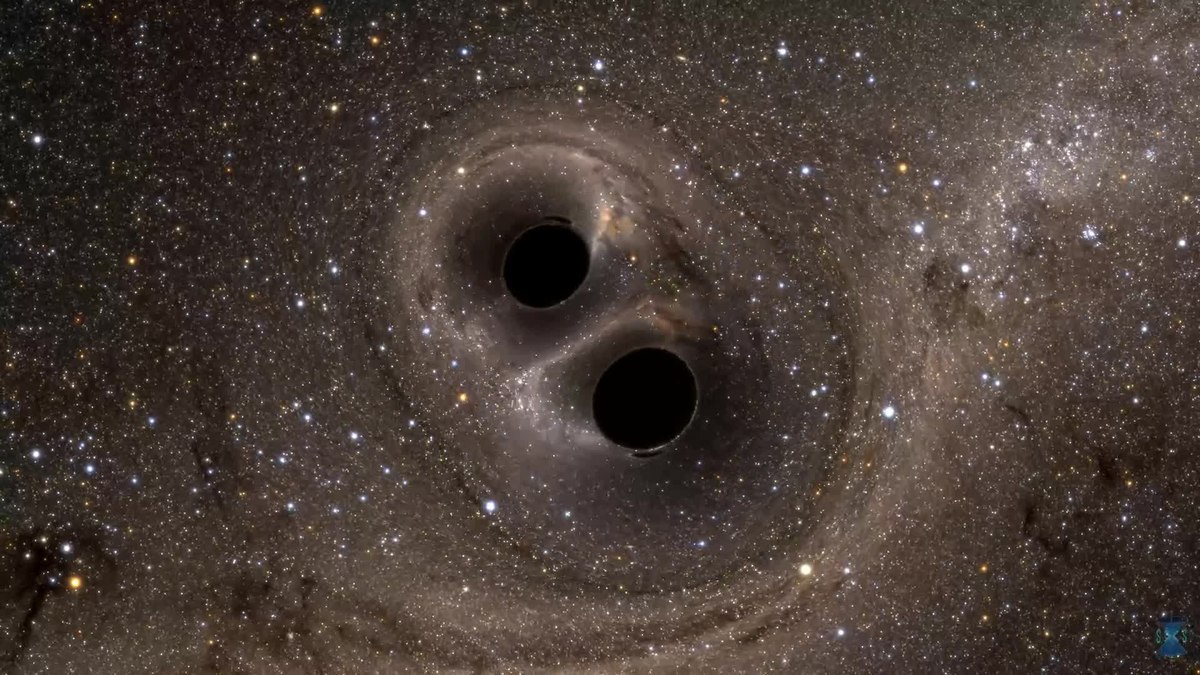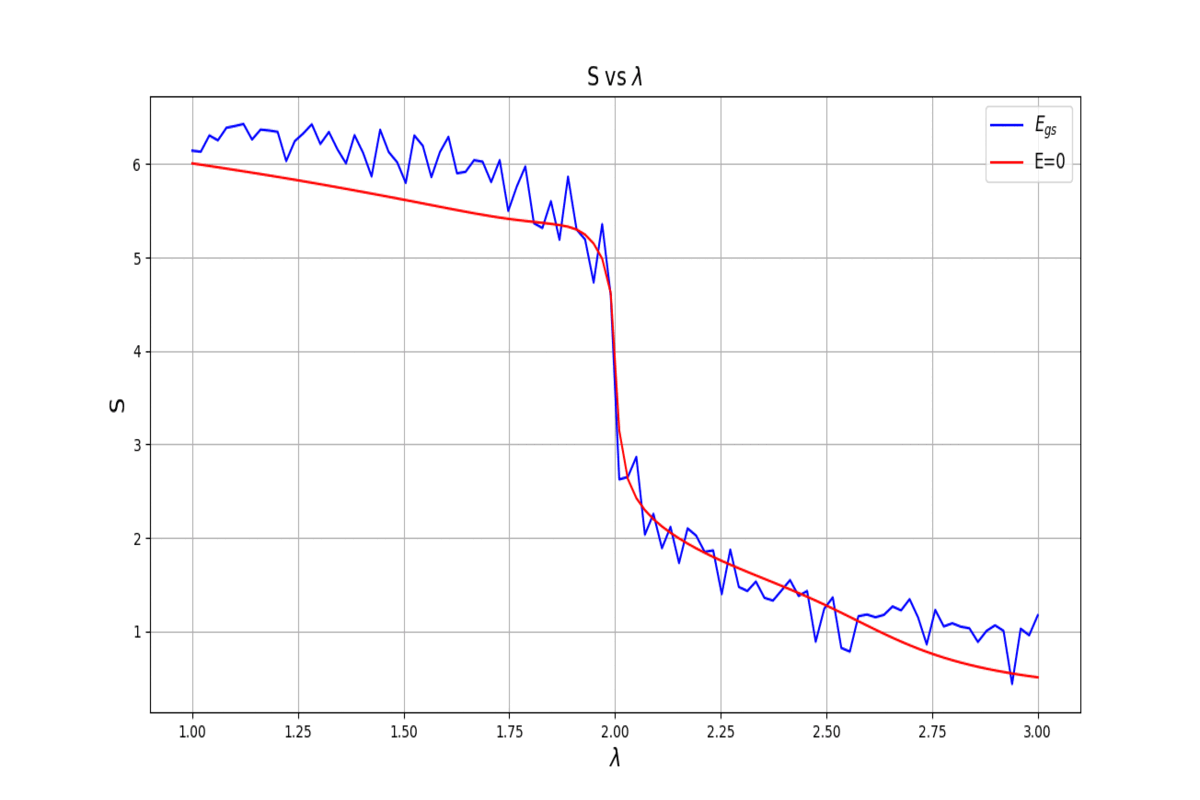EXTRASOLAR PLANETS
An extra-solar planet, also known as an exoplanet is any planet beyond our solar system. Most of the exoplanets orbit other stars, however some that do not orbit any star could also be free- floating within the universe, called Rogue planets. Our understanding of stars out-numbers planets was overthrown by the observations of Kepler and HST. Kepler has proven that there are more number of planets than stars in our universe.
Even though, most of the exoplanets discovered so far are in a relatively small region of our galaxy. That is as far as the present telescopes have been able to probe. The closest known exoplanet to Earth, Proxima Centauri b, is still about four light-years away.
HOT JUPITERS
Hot Jupiters are very important in the context of extrasolar planets simply because they are easy to detect. Hot Jupiters are the most well-observed class of exoplanets. Their physical size and their atmospheric scale height are relatively large, which provides the opportunity to obtain observations related to atmospheric parameters with high signal-to-noise ratio (Seager & Deming, 2010). Hot Jupiters are good test cases for exoplanet characterisation. Current challenge is to explain diversity in observed properties.
RESEARCH GOALS
More about Exoplanets in "Projects" Section.
COMETS
Comets are celestial objects composed of ice and dust. They develop a bright, glowing coma and a tail when they approach the Sun. Primarily believed to originate from the outer regions of the Solar System, like the Kuiper Belt (50 au) and Oort Cloud (104-105 au).
What's the importance of Studying Comets? Comets are ancient remnants from the early Solar System, providing valuable insights into its formation and evolution. They may have brought water and organic molecules to Earth, playing a role in the emergence of life. Understanding comets' orbits is crucial for assessing potential impact hazards.
SUPERMASSIVE BINARY BLACK HOLES
A supermassive binary black hole (SMBBH) is a system consisting of two supermassive black holes in close orbit around each other. SMBBHs are believed to form during galaxy mergers. We test the nature of Active Galaxies that exhibits tell-tale signatures of binary supermassive black holes. (Will be updated soon!)
CONDENSED MATTER (Aubry-André Model)
Though I focused mainly in Astrophysics, I started exploring the field of Condensed Matter out of curiosity. Along with one of my friends from Presidency under proper supervision, we study the Aubry-André Model. Aubry-André model displays a localization transition from delocalized to localized states. We mainly focus on simulations of the localization transitions in Aubry-André Chains.
CLIMATE
In 2015, we (a group of 5 students, mentored by a guide teacher, from Contai Public School) participated in National Children's Science Congress, with our project work on "To Study the Impacts of change in weather on Pond Ecosystem". Our work reached upto State level. However, the project report was lost later due to mishandling. This report was written in hand and was not digitalized!




